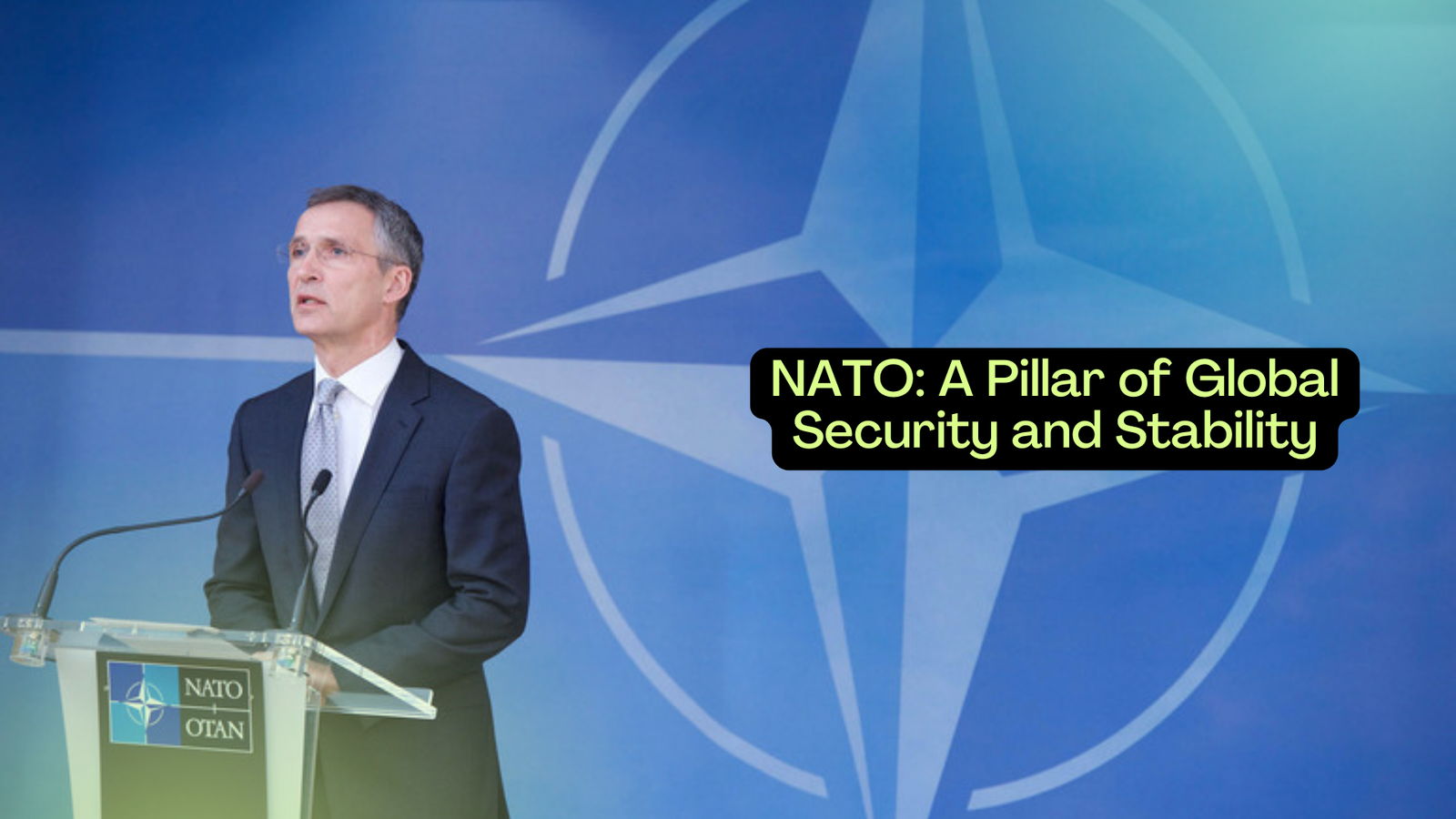NATO: A Pillar of Global Security and Stability

NATO, the North Atlantic Treaty Organization, stands as a cornerstone of international security and cooperation. Since its inception in 1949, NATO has evolved to address the changing dynamics of global security, adapting its strategies and expanding its reach. In this comprehensive analysis, we delve into the intricate workings of NATO, its historical significance, current initiatives, and future prospects, providing an in-depth understanding of this pivotal alliance.
Historical Evolution of NATO
Foundation and Early Years
NATO was founded on April 4, 1949, with the signing of the North Atlantic Treaty, also known as the Washington Treaty. The primary objective was to create a collective defense system to counter the threat posed by the Soviet Union. The initial twelve member countries pledged mutual defense in response to an attack by any external party.
Cold War Era
During the Cold War, NATO’s role was primarily deterrence against the Soviet threat. The establishment of the Warsaw Pact in 1955 solidified the division of Europe into two opposing blocs. NATO’s strategy centered around the principle of collective defense as enshrined in Article 5 of the Washington Treaty, which states that an armed attack against one member is considered an attack against all members.
NATO’s Strategic Adaptations Post-Cold War
Expansion and Inclusion
Following the collapse of the Soviet Union, NATO faced the challenge of redefining its purpose. The alliance expanded eastward, incorporating former Warsaw Pact members and former Soviet republics. This expansion was not just about increasing membership but also about spreading stability and democratic values.
Out-of-Area Operations
In the post-Cold War era, NATO undertook several out-of-area operations, marking a significant shift from its original focus. These include interventions in the Balkans during the 1990s, the 2001 Afghanistan War under the International Security Assistance Force (ISAF), and the 2011 intervention in Libya. These operations underscore NATO’s adaptability to address emerging global threats beyond its traditional geographical scope.
Current Initiatives and Focus Areas
Counterterrorism and Cybersecurity
In recent years, NATO has prioritized counterterrorism and cybersecurity. Recognizing the evolving nature of threats, NATO has enhanced its capabilities to combat terrorism and defend against cyberattacks. The establishment of the Cyber Operations Centre in Mons, Belgium, reflects NATO’s commitment to strengthening its cyber defense mechanisms.
Strengthening Collective Defense
Amid rising geopolitical tensions, NATO continues to reinforce its collective defense posture. The Enhanced Forward Presence (EFP) in Eastern Europe, comprising multinational battlegroups, serves as a deterrent against potential aggression. Additionally, NATO conducts regular military exercises to ensure readiness and interoperability among member forces.
Partnerships and Global Outreach
NATO’s partnerships extend beyond its member countries. The Partnership for Peace (PfP) program, Mediterranean Dialogue, and Istanbul Cooperation Initiative (ICI) facilitate cooperation with non-member countries. These partnerships are crucial for promoting regional stability and addressing common security challenges.
Future Prospects and Challenges
Adapting to Emerging Threats
As global security dynamics continue to evolve, NATO faces the challenge of adapting to new and unconventional threats. These include hybrid warfare, disinformation campaigns, and technological advancements in warfare. NATO’s ability to innovate and remain flexible will be pivotal in addressing these emerging threats.
Maintaining Cohesion Among Members
With a diverse membership of 31 countries, maintaining cohesion is a constant challenge. Divergent national interests and differing threat perceptions can complicate decision-making processes. Effective diplomacy and a commitment to shared values are essential for sustaining unity within the alliance.
Engagement with Rising Powers
NATO’s relationship with rising powers, particularly China, presents both opportunities and challenges. While NATO does not view China as an adversary, it recognizes the need to engage with China on issues of mutual concern, such as arms control and regional security. Balancing engagement with deterrence will be crucial in shaping NATO’s future strategy.
NATO’s Role in Global Security
NATO remains an indispensable player in global security. Its collective defense mechanism, strategic adaptability, and commitment to democratic values underscore its relevance in today’s complex security environment. As NATO continues to evolve, it will undoubtedly play a crucial role in shaping the future of international relations and maintaining global stability.
Conclusion
NATO’s enduring commitment to collective defense, adaptability to changing security landscapes, and proactive approach to emerging threats ensure its continued relevance. As we look to the future, NATO’s role as a stabilizing force in global security is more important than ever. For a deeper understanding of NATO’s initiatives and future prospects, we encourage you to explore further.




